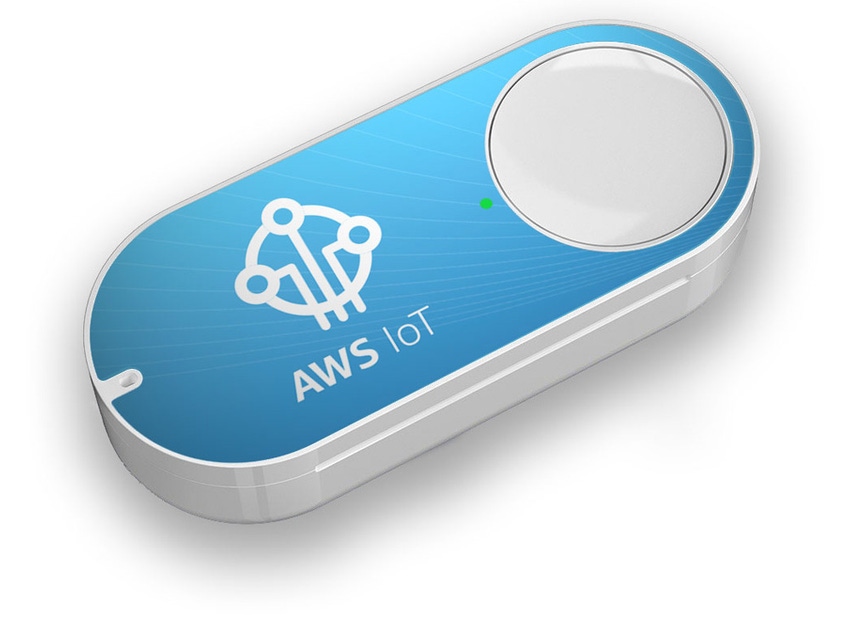Amazon Web Services has launched an “easy button” for the Internet of Things (IoT).

Amazon Web Services has launched an ephemeral “easy button” for the Internet of Things (IoT) which builds on its Dash button, a piece of hardware it launched last year for users to order single items with one click.
AWS said the limited release AWS IoT button was designed for developers to get acquainted with AWS services including AWS IoT, which launched in general availability in December.
The button is available on Amazon.com for $20, but one of the downsides is that the battery can’t be recharged or replaced, and only lasts for approximately 1,000 presses, which seems to be a deal breaker for some people.
SEE ALSO: AWS Empowers Partners with New Competencies, Hinting at Further IoT Play
“You can code the button's logic in the cloud to configure button clicks to count or track items, call or alert someone, start or stop something, order services, or even provide feedback,” according to AWS. “For example, you can click the button to unlock or start a car, open your garage door, call a cab, call your spouse or a customer service representative, track the use of common household chores, medications or products, or remotely control your home appliances.”
AWS gave away IoT buttons to developers at its re:Invent conference last year, and you can see many of the projects that utilized AWS IoT buttons on Hackster.io, including connecting trees to monitor soil saturation statistics.
AWS said that it also integrates with third-party APIs like Twitter, Facebook, Twilio, Slack or company applications. The button requires a Wi-Fi connection but is not ideal for spaces “with a congested Wi-Fi spectrum such as expo halls, lunch rooms, keynote rooms, or hallways.”
The button does seem a bit gimmicky, but the Internet of Things is in its early-stages. The good thing about cheap hardware is it helps make the promise of IoT accessible to the hobbyist.
The point is this: AWS doesn’t seem to discriminate when it comes to users – whether you’re a company like Salesforce with revenue in the billions, or a DIYer tinkering with buttons that connect to your toaster, if your data is in its public cloud, AWS has done its job.
About the Author(s)
You May Also Like


